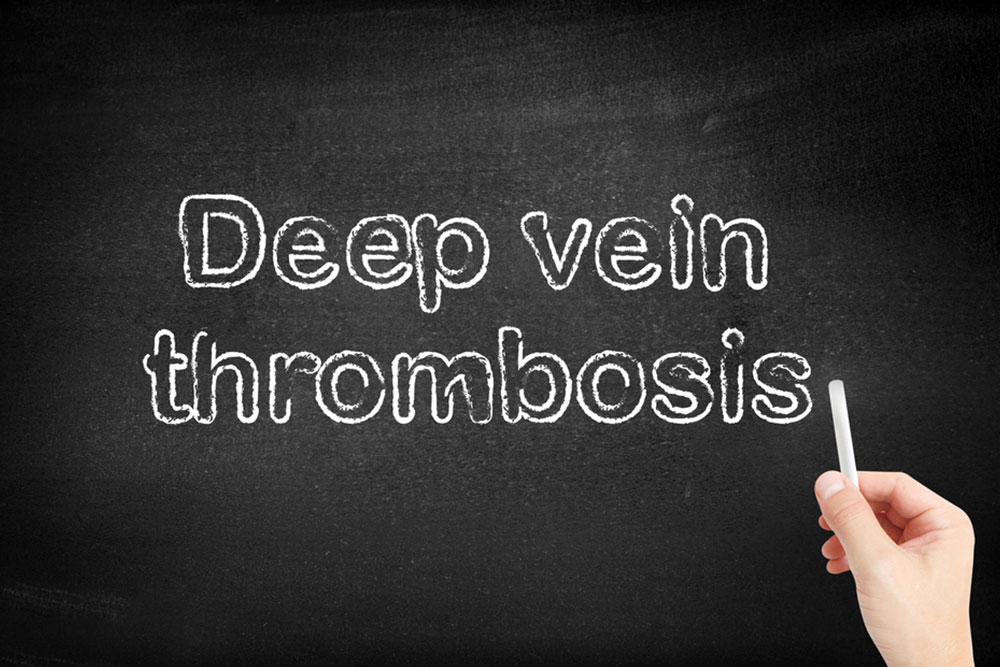Comprehensive Guide to Deep Vein Thrombosis: Causes, Symptoms, and Treatment Strategies
Deep vein thrombosis (DVT) is a condition involving blood clots in deep veins, mainly in the legs. This detailed guide covers its causes, symptoms, and various treatment options, highlighting the importance of early detection and management to prevent serious complications like pulmonary embolism. Understanding risk factors such as prolonged immobility, pregnancy, obesity, and hereditary conditions is crucial. Effective treatments include anticoagulant medications, lifestyle modifications, and sometimes surgical interventions. Preventative measures and timely medical intervention can save lives and improve patient outcomes significantly.

Comprehensive Guide to Deep Vein Thrombosis: Causes, Symptoms, and Treatment Strategies
Deep vein thrombosis (DVT) is a serious medical condition that occurs when a blood clot forms in a deep vein, most frequently in the legs, particularly in the calf or thigh regions. This condition can develop silently without symptoms but poses significant health risks if left untreated, especially because of its potential to cause pulmonary embolism—a life-threatening complication where a part of the clot dislodges and blocks blood flow to the lungs. Understanding the various causes, early warning signs, and effective treatment options for DVT is essential for both prevention and effective management.
Understanding the Causes and Risk Factors of Deep Vein Thrombosis
Deep vein thrombosis is a multifactorial condition influenced by various lifestyle, medical, and genetic factors. While there isn't a single, identifiable cause of DVT, certain conditions and behaviors significantly increase the risk. Prolonged periods of immobility, such as long-haul flights, extended bed rest after surgery, or being confined to a wheelchair, can lead to sluggish blood flow in the legs, which promotes clot formation. Injuries to the veins—whether due to surgery, trauma, or burns—disrupt normal blood flow and integrity, making clot formation more likely.
Pregnancy is a well-known risk factor due to increased levels of hormonal changes that make blood more prone to clotting, combined with pressure exerted on the pelvic veins. Obesity adds to the risk by exerting additional pressure on the veins and altering normal circulation patterns. Certain medical conditions like cancer can promote clotting through the release of substances that increase blood coagulability. Smoking damages blood vessels and promotes clot formation, while specific medications such as hormone therapy or oral contraceptives are also associated with increased DVT risk. Hereditary clotting disorders, such as Factor V Leiden mutation or Protein C deficiency, further elevate the risk, especially in individuals with a family history of thrombosis.
Recognizing the Symptoms of Deep Vein Thrombosis
Many individuals with DVT may not experience noticeable symptoms initially. However, common signs include persistent calf or thigh pain, which may feel like cramping or soreness. Swelling in the leg, often localized around the affected area, is a hallmark sign. The skin over the affected region may appear red, warm, and discolored, indicating inflammation and increased blood flow. Additionally, the limb may feel warm to the touch, and the symptoms can worsen with standing or walking.
It's crucial to understand that some cases are asymptomatic, which underscores the importance of routine screening in high-risk groups. When a blood clot dislodges and travels to the lungs, it causes a pulmonary embolism (PE)—a condition demanding immediate medical attention. Symptoms of PE include sudden chest pain, shortness of breath, dizziness, rapid pulse, and coughing up blood. Recognizing these warning signs promptly can save lives.
Effective Treatments for Deep Vein Thrombosis
Managing DVT requires a tailored approach based on the clot's size, location, and the patient's overall health. The primary goal is to prevent clot extension, reduce the risk of embolism, and minimize complications. Anticoagulant medications, commonly known as blood thinners, are the cornerstone of DVT treatment. These include heparin, which is typically administered in hospital settings, and warfarin, which requires regular blood monitoring to ensure effective dosing. New oral anticoagulants, like rivaroxaban and apixaban, have gained popularity for their ease of use without the need for frequent blood tests.
While blood thinners do not directly thin the blood but reduce clot formation, they significantly lower the risk of clot growth and embolism. In some cases, thrombolytic therapy using medications like tissue plasminogen activator (tPA) may be used to dissolve large clots, especially if they threaten vital organs or cause severe symptoms. For certain patients, surgical procedures such as catheter-directed thrombolysis or vein filter placement (inferior vena cava filter) may be necessary to prevent embolism.
Complementary strategies also play a vital role in managing DVT. Regular physical activity stimulates circulation, while elevating the legs helps reduce swelling and promotes blood flow. Compression stockings are often prescribed to prevent blood pooling, especially during prolonged periods of immobility. Lifestyle changes such as quitting smoking, maintaining a healthy weight, and staying hydrated are essential in reducing overall risk.
Long-term management may include continued anticoagulation therapy to prevent recurrence, along with periodic medical evaluations. Advances in medical research continue to improve the outcomes for patients with DVT, emphasizing early detection and comprehensive treatment plans. Education about the importance of recognizing early symptoms and seeking prompt medical care can significantly improve prognosis and quality of life for affected individuals.





